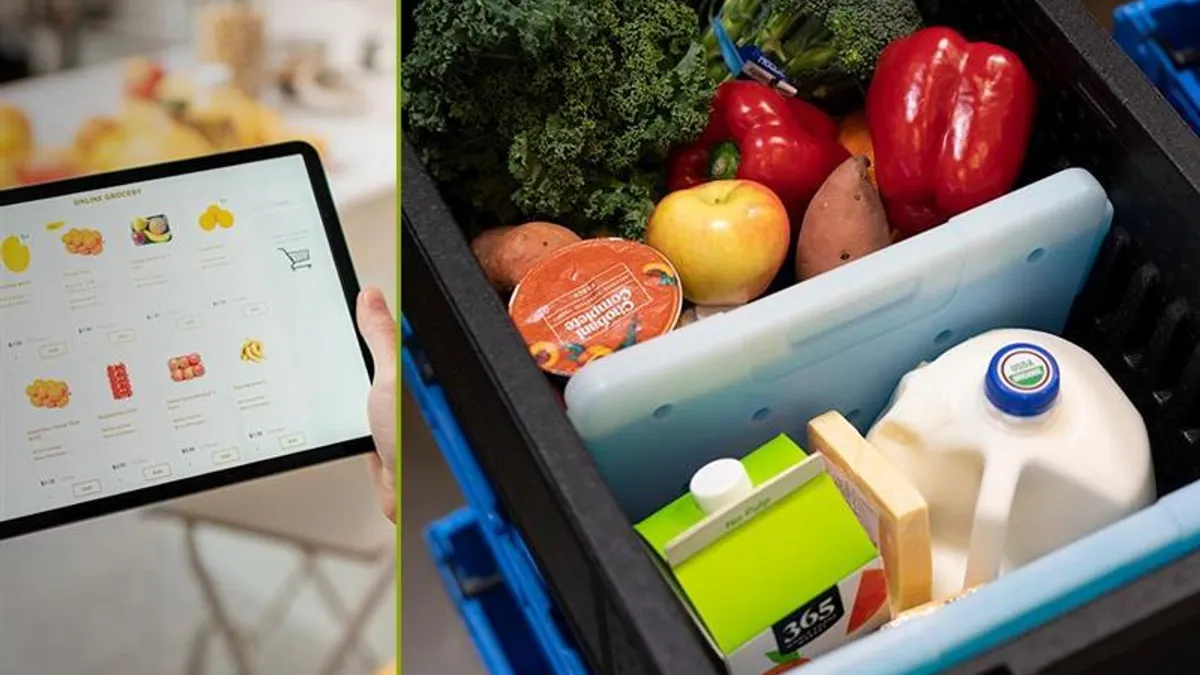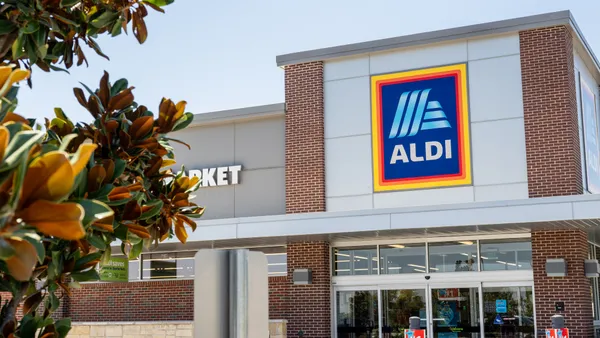The evolution of click-and-collect models within e-Grocery for local, regional and national grocery chains continues to evolve at exponential speed. With shifting consumer demands and ever-changing supply chain challenges, grocers are faced with many different obstacles that require them to reshape their operating models and processes to maintain profitability.
With these shifts, grocers need to ground themselves in key focus areas to have a successful model. Here are some of the trends and considerations our team at Liviri is hearing from experts on the ground:
-
Focus on the consumer
-
Balancing operational costs vs. added benefits
-
Adding in flexibility to your model
-
Taking an omnichannel approach
Focus on the consumer
This seems obvious, but many grocers base their fulfillment systems on what they perceive the consumer expects. Time and energy are invested in delivering a standardized service when all too often this does not align with consumer expectations. It is important to put the consumer in the driver’s seat as much as possible when it comes to speed of service, order preferences and substitutions. Substitutions are an important example, as many methods result in sunken labor, the increase in cost of goods and consumer frustration. A shopper may spend more than five minutes trying to find the perfect substitution for an item that is out-of-stock only to have it rejected at the curb. Another customer may receive a handful of ignored substitution notifications during their busy day when they are willing to take anything within reason. These efforts can be mitigated by gathering upfront consumer expectations to understand how much control each consumer expects to have over their order. This level of personalization can help set a service apart from competition in the market.
Balancing costs
Balancing cost when implementing and maintaining a new feature is important to consider as well. Where to invest time and capital is an extremely complex equation that needs to be constantly reevaluated. While the consumer experience is at the core, there are other aspects to consider such as worker experience, profitability and sustainability. There are multiple levers you can pull but leaning on one too heavily can cause an imbalance across the whole operation. Understanding how each one contributes to the other will help ensure success. For example, if you center your operation solely around the customer experience but your workers find the procedures to be too complex, it could cause issues that trickle down and negatively impact the consumer anyway.
Adding flexibility
Once you have a solid model in place, flexibility is the name of the game. A lot of grocers are working off legacy systems, tools, floorplans and equipment, so it will be necessary to work with a model that allows for flexibility and adaptability. For example, facilities often have major space constraints that limit capacity. If you are utilizing only reach-in refrigerators and freezers for staging, then any new expansion projects will require floorplan changes that lead to additional capital expenses. Molding an operating plan around an adaptable system that does not require spaces to be permanently confined to large appliances will empower your stores to take control of their own growth. Liviri Sprint totes and ice packs give grocers the ability to stage completed orders anywhere in the store. The added flexibility is especially important when you consider that orders are not distributed evenly across the week. Working with the Sprint tote system allows your operation to expand and contract with the business as needed.
Omnichannel approach
While the landscape for click-and-collect models is undergoing constant change, grocers need to remain focused on what is important to them and their customers most. New technology, operational models and staging equipment are changing rapidly. The shift in consumer purchasing habits to e-commerce is here to stay and the evolution will turn to more of an omnichannel experience. Grocers are encouraged to look at the customer experience as not in-store vs. online, but rather one unifying experience that allows them to do either when they want. Merging these models together allows you to make holistic decisions on improving the overall customer experience. By looking at them together, you can develop store designs that reduce congestion, improve inventory accuracy to support in-store picking and increase throughput to optimize the outbound pickup process.
If the past few years have taught us anything, it is that the future is unpredictable. Luckily, the grocery industry has built and flexed its adaptability muscles and continues to evolve. Supply chain challenges will continue to change and consumer demands and purchasing habits will be affected as well. There are endless options and opportunities to consider in terms of implementing and adapting a click-and-collect program, but the question is which one will result in the greatest profitability.










